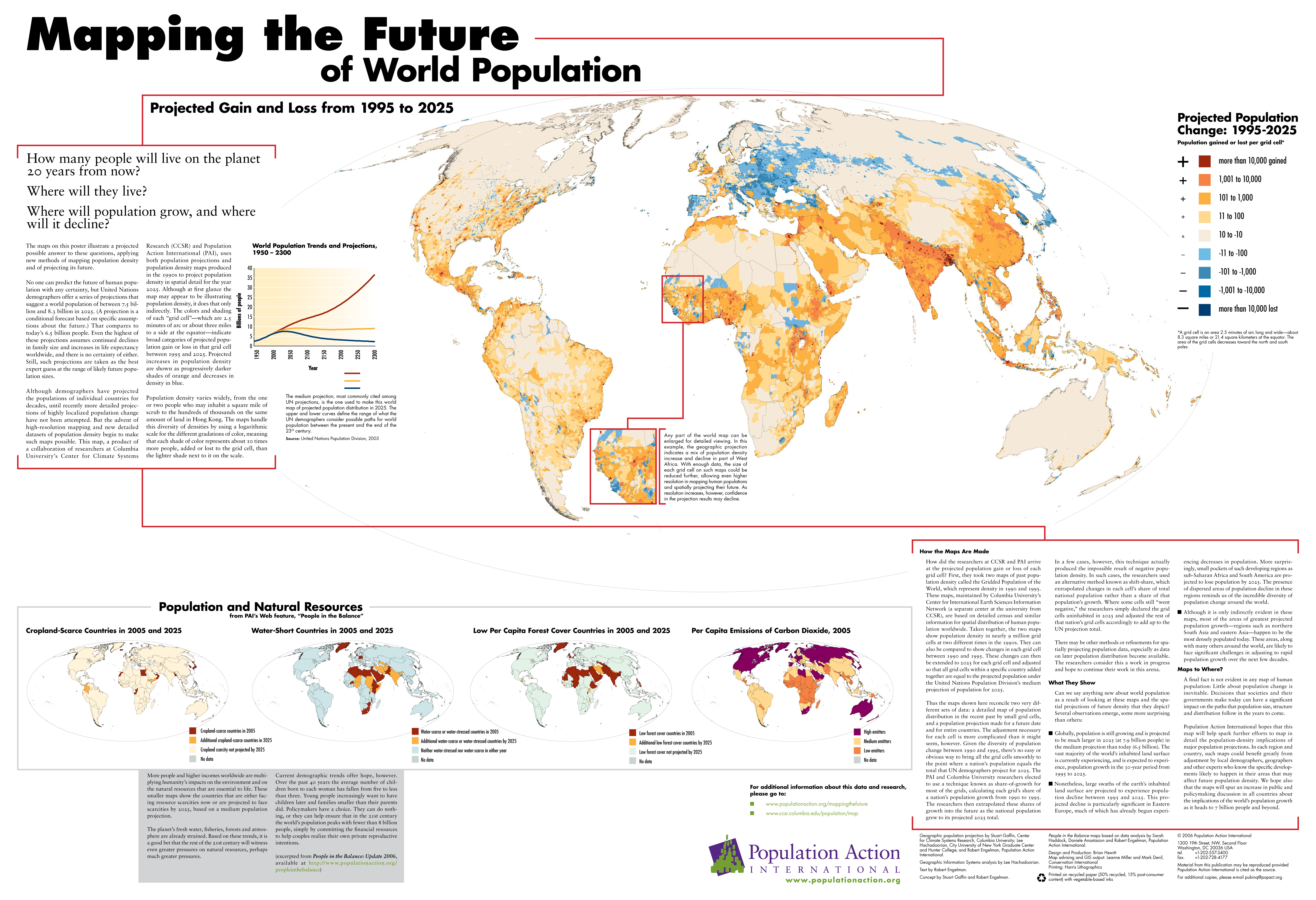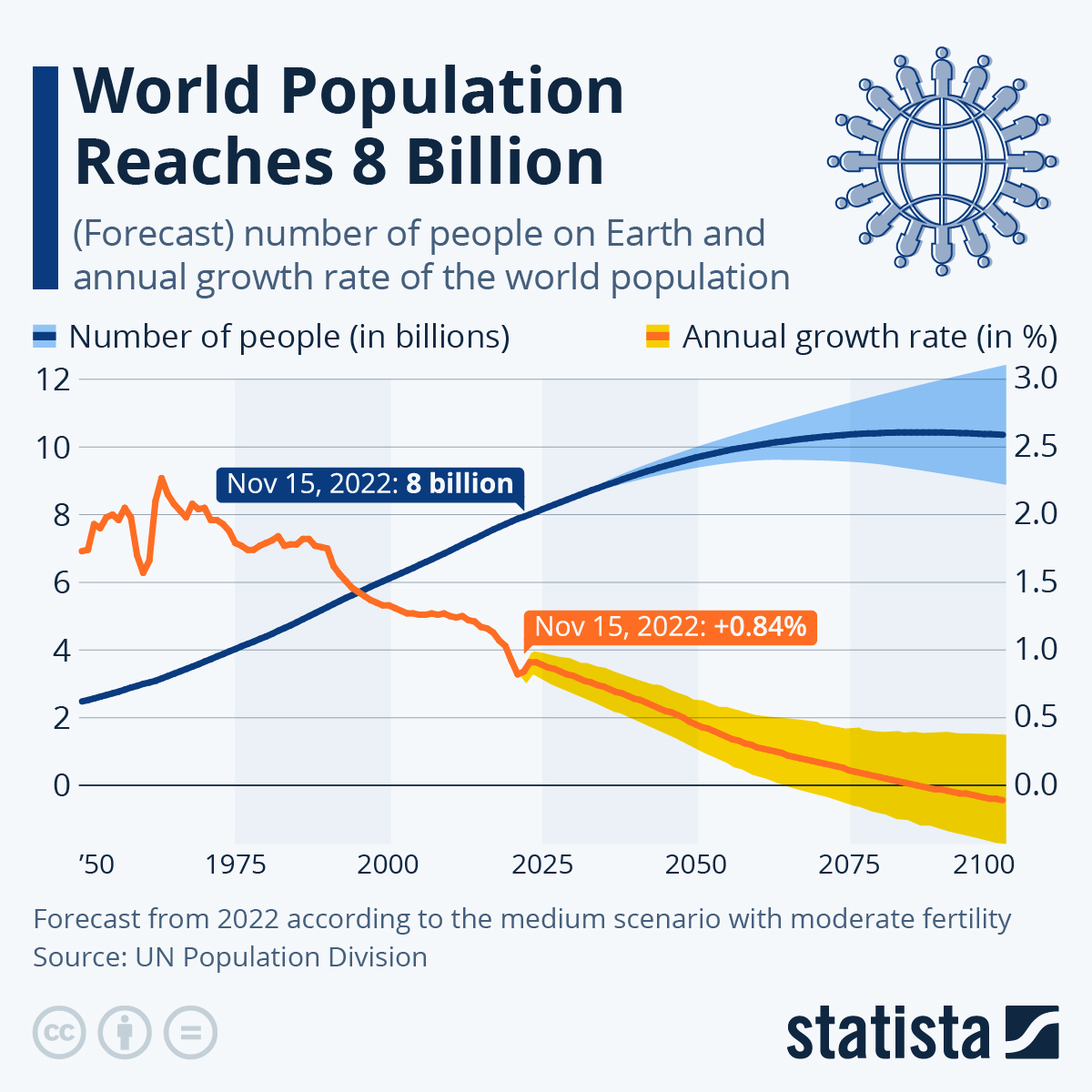With enthusiasm, let’s navigate through the intriguing topic related to World Population 2025: Projections, Trends, and Implications. Let’s weave interesting information and offer fresh perspectives to the readers.



The world’s population is a dynamic and ever-changing phenomenon, influenced by a myriad of factors. Understanding the trajectory of population growth is crucial for informed decision-making and sustainable planning. This article delves into the projected world population for 2025, exploring its trends, implications, and potential challenges.

According to the United Nations Department of Economic and Social Affairs (UNDESA), the world’s population is projected to reach 8.1 billion by 2025. This represents an increase of approximately 800 million people from the current estimated population of 7.3 billion. The growth rate is expected to slow down compared to previous decades, but the absolute increase in population remains substantial.

The growth in world population is not evenly distributed across regions. Asia is projected to continue to be the most populous region, accounting for over 60% of the global population by 2025. Africa is expected to experience the fastest population growth, with its population nearly doubling from its current size. In contrast, Europe and North America are projected to have relatively low population growth rates.

The primary drivers of population growth include birth rates, death rates, and migration. In many developing countries, high birth rates and declining death rates are contributing to rapid population growth. Improved healthcare, access to education, and economic development are all factors that can lead to lower death rates. Migration also plays a significant role in population dynamics, with people moving within and between countries for various reasons, such as economic opportunities, conflict, or environmental factors.

The projected population growth has far-reaching implications for societies around the world. It will strain resources such as food, water, energy, and housing. Rapid urbanization will put pressure on infrastructure and services in cities. Increased population density can also lead to environmental degradation and social challenges.

Population growth can have both positive and negative economic impacts. On the one hand, a larger population can provide a larger workforce and increase economic productivity. On the other hand, it can also strain resources and lead to increased competition for jobs. The economic impact of population growth will vary depending on the specific circumstances of each country.

Population growth can also have significant social impacts. It can lead to increased cultural diversity and social cohesion, but it can also strain social services and lead to social inequality. The rapid growth of urban populations can also lead to social problems such as crime and poverty.

Population growth is a major contributor to environmental degradation. The increased demand for resources and the production of waste associated with a larger population can lead to deforestation, pollution, and climate change. Sustainable development practices are essential to mitigate these negative environmental impacts.
The projected world population growth for 2025 presents both challenges and opportunities for societies around the world. It is important to address the challenges through sustainable policies and practices that promote economic development, reduce inequality, and protect the environment. At the same time, the growing population also represents an opportunity for innovation, collaboration, and the creation of a more just and equitable world.
Addressing the challenges of population growth requires a multi-pronged approach. Governments, international organizations, and civil society must work together to:
The growing world population also presents opportunities for innovation and collaboration. By investing in education, healthcare, and infrastructure, societies can harness the potential of a larger workforce and create more vibrant and prosperous communities. Cross-border cooperation is also essential to address global challenges such as climate change and economic inequality.
The projected world population of 8.1 billion by 2025 is a significant milestone that will have far-reaching implications for societies around the world. Understanding the trends and drivers of population growth is crucial for informed decision-making and sustainable planning. By addressing the challenges and harnessing the opportunities presented by a growing population, we can create a more just, equitable, and prosperous world for all.








Thus, we hope this article has provided valuable insights into World Population 2025: Projections, Trends, and Implications. We appreciate your attention to our article. See you in our next article!